So you try your hand at one of those suggested pricing formulas for your handmade goods, and the resulting price seems crazy high. Nobody’s going to buy your product for that price! What’s a handmade seller to do?
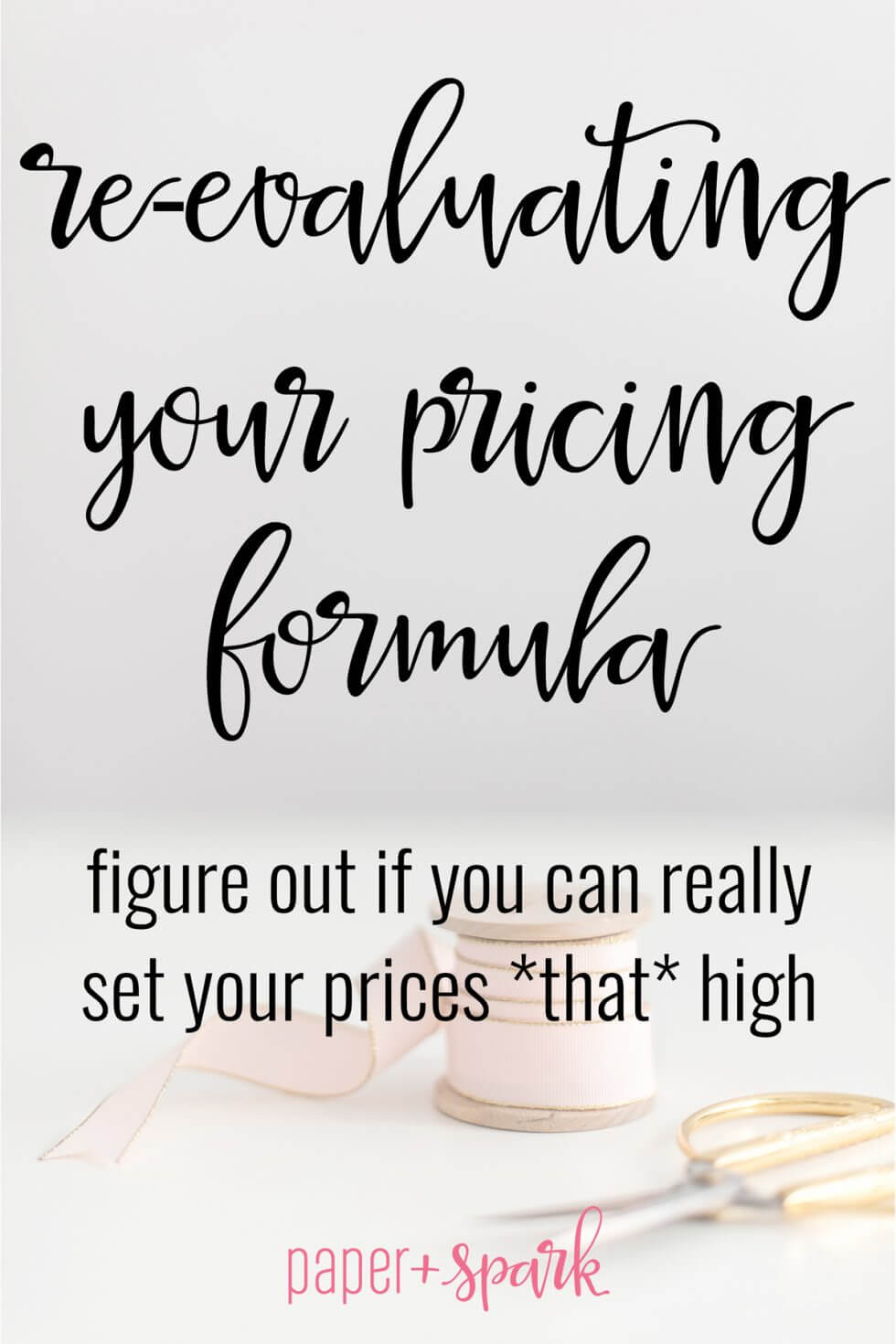
This post is a continuation of our series on pricing handmade goods for Etsy shop owners and other creative entrepreneurs. Visit all our pricing articles and resources here.
tweaking the pricing formula to fit your business
To refresh, here’s the pricing formula I discussed previously:
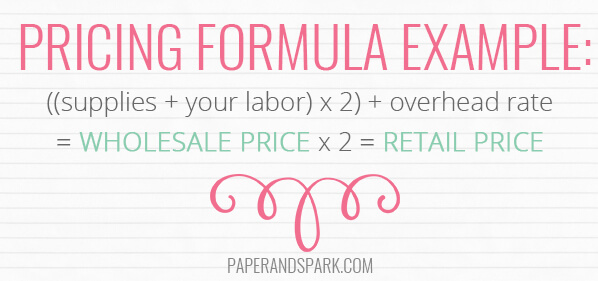
I’ve got a snazzy little pricing calculator worksheet right here if you want to plug your own numbers in. Obviously, this pricing formula is just a suggestion. It can be tailored to meet your financial goals, so long as you are leaving room for profit. Remember, the overall important goal is that you come up with a pricing strategy that allows you to do all of the following:
- Cover your supply costs (a lot of makers just stop here)
- Cover the other costs of running your business
- Pay yourself
- Grow your business
If you aren’t pricing to cover ALL your biz expenses AND to pay yourself and grow, then you are going to run your beautiful shop into the ground sooner or later.
That being said, it seems like a lot of biz owners are surprised by how “high” of a price this formula gives them, so let’s talk about that in more detail.
IF YOUR CALCULATED PRICE SEEMS TOO HIGH…
If the price calculated for your creation seems too high, there are several pieces of the equation you can examine and tweak.
- Your supply costs – Is it possible to lower the cost of the raw materials and supplies you use to create your finished items? Can you get a discount if you buy wholesale or in bulk? Can you shop during sales or use discount codes? Is there a less expensive supplier around? Have you compared suppliers online vs. locally?
Finding the least expensive source of quality supplies is one of the most challenging parts of being a creative entrepreneur. However, once you’ve found one, it’s a gold mine that can help you keep costs under control and your prices at a reasonable level.
- Your overhead rate – Maybe your overhead rate needs some refining. Recall that your overhead rate is a little chunk of all the non-supply related expenses it takes to keep your business running. You include this “little chunk” in your pricing strategy so that every time you sell something, you get reimbursed for a tiny bit of those expenses. Making sales are the only way you have of recovering those costs, so it makes sense to account for them somehow in your pricing formula.
Sometimes, depending on the product, using different overhead rates can help refine and potentially lower your price. For example, with my jewelry products, my overhead rate will include expenses for jewelry-making tools. But if I am also selling yarn wreaths, then I will not include the jewelry-making tools in my overhead rate. Divvying up the products where you “assign” these different costs can lower your overhead rate and make your suggested prices a little more feasible.
Another (perhaps better) example – let’s say I build an advertising campaign around one set of products. I might make an overhead rate for just those ad expenses and only apply them to that product group, rather than spread out that cost over all my products.

- Shift the costs to certain products – Think about your pricing in relation to all of the products you sell. You might have different “levels” of products. The market for rosette studs is very saturated. Maybe I want to have a really low price on those earrings to attract viewers and sales, so I am going to give them a lower overhead rate or a lower profit multiplier. This may encourage buyers to come in and add those to their cart, and hopefully throw in another product or two with a higher profit margin.
To make up for the reduction, I’m going to shift some of those costs to my higher-priced rhinestone necklaces. This might lead to a situation where I’d sell lots of low-priced earrings with a lower profit margin, but also a few necklaces with a higher profit margin. This balances out my costs & profitability on an overall level. This method can be successful but takes close monitoring to make sure you aren’t hurting your overall bottom line.
- Your labor time – Ask yourself if there are ways you can become more efficient at creating your product. Can you batch your creation process somehow to decrease your labor time?
- Your profit multiplier – You might consider lowering your profit multiplier throughout your shop or for certain products. Remember that your labor charge means you’re already paying yourself for your skilled work and time, and then your profit multiplier is (obviously) for profit. How much profit do you need for your business to be successful? What are you doing with your profit? Are you saving for a vacation, or are you reinvesting your profits back into your business to develop new products? If you feel comfortable having a little less profit cushion, you can always multiply your wholesale price by 1.5 or 1.75 (or whatever) rather than 2. The same thought applies to the profit multiplier used to get your retail price.
Consider the fact that maybe the price ISN’T too high – Could you be undervaluing your talent, your labor, your time, your products, or your brand? Under-pricing runs rampant in the handcrafted industry and on Etsy. Sometimes it takes a hard look at your bottom line and some straight-up honesty to figure out the best path forward with your pricing strategy.
If you’re ready to tweak and refine your own pricing strategy, grab this free pricing calculator worksheet.


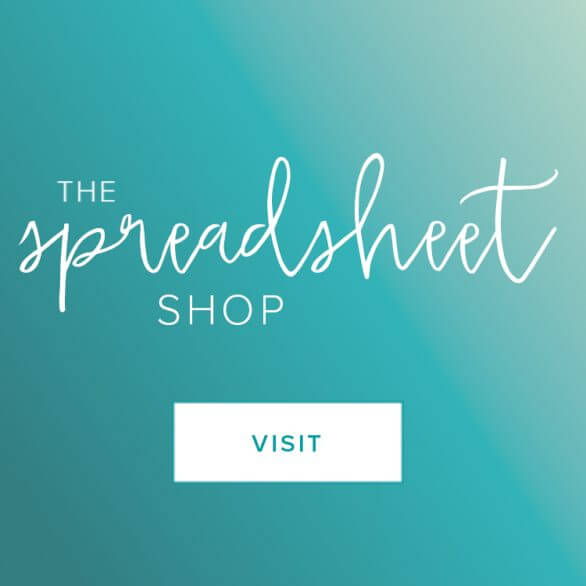
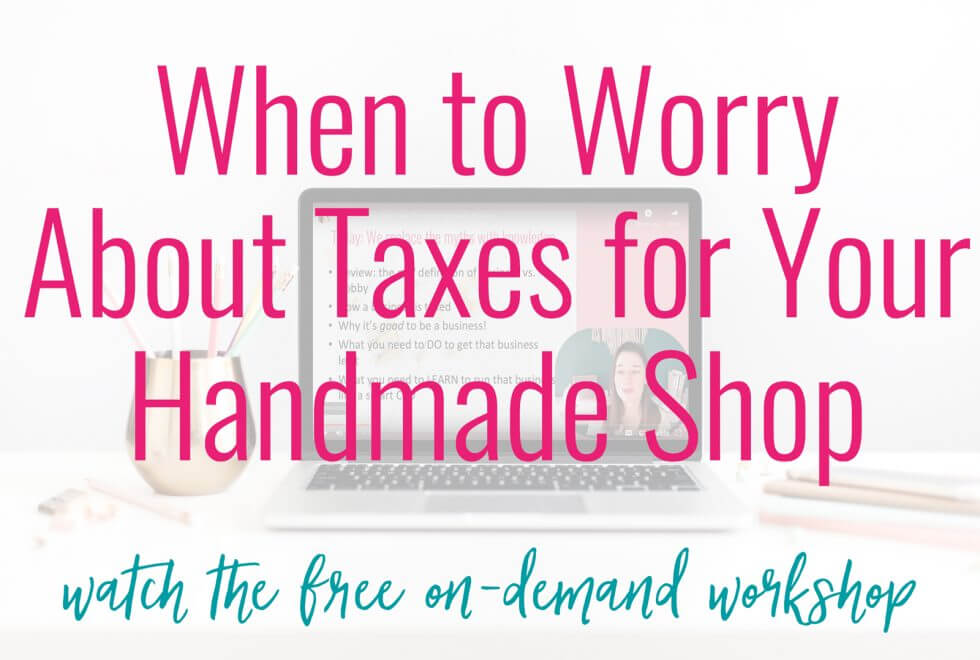

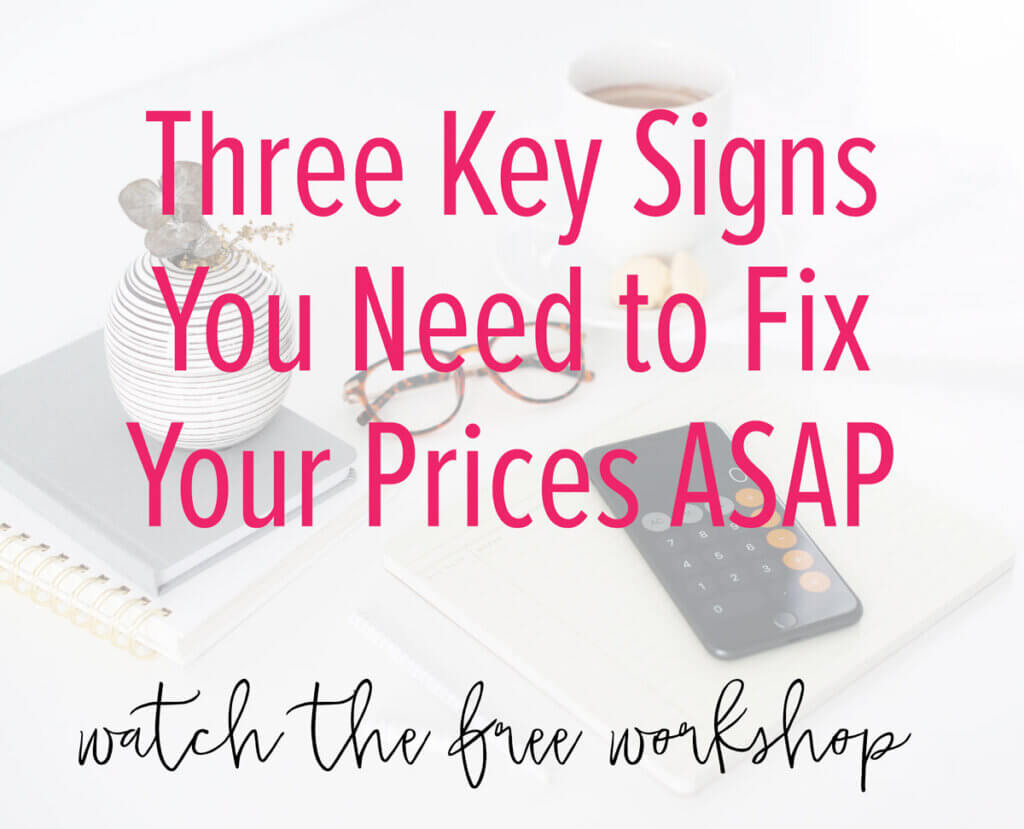
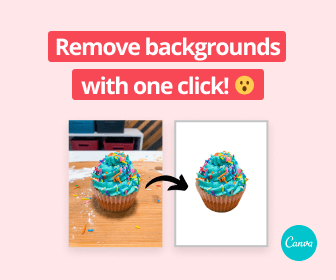
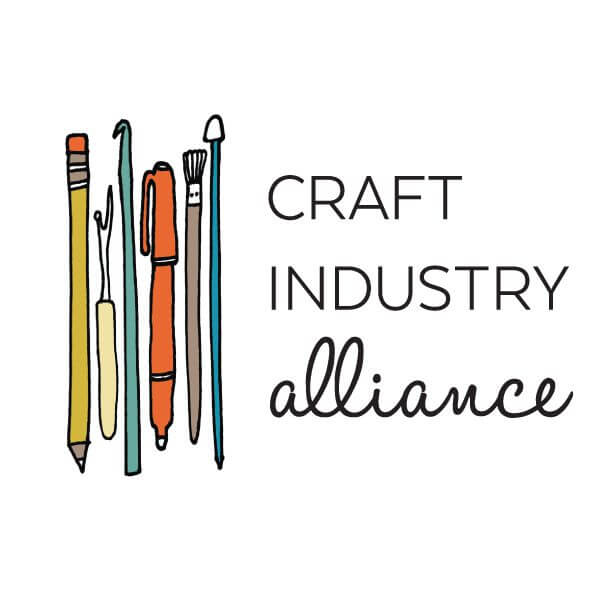


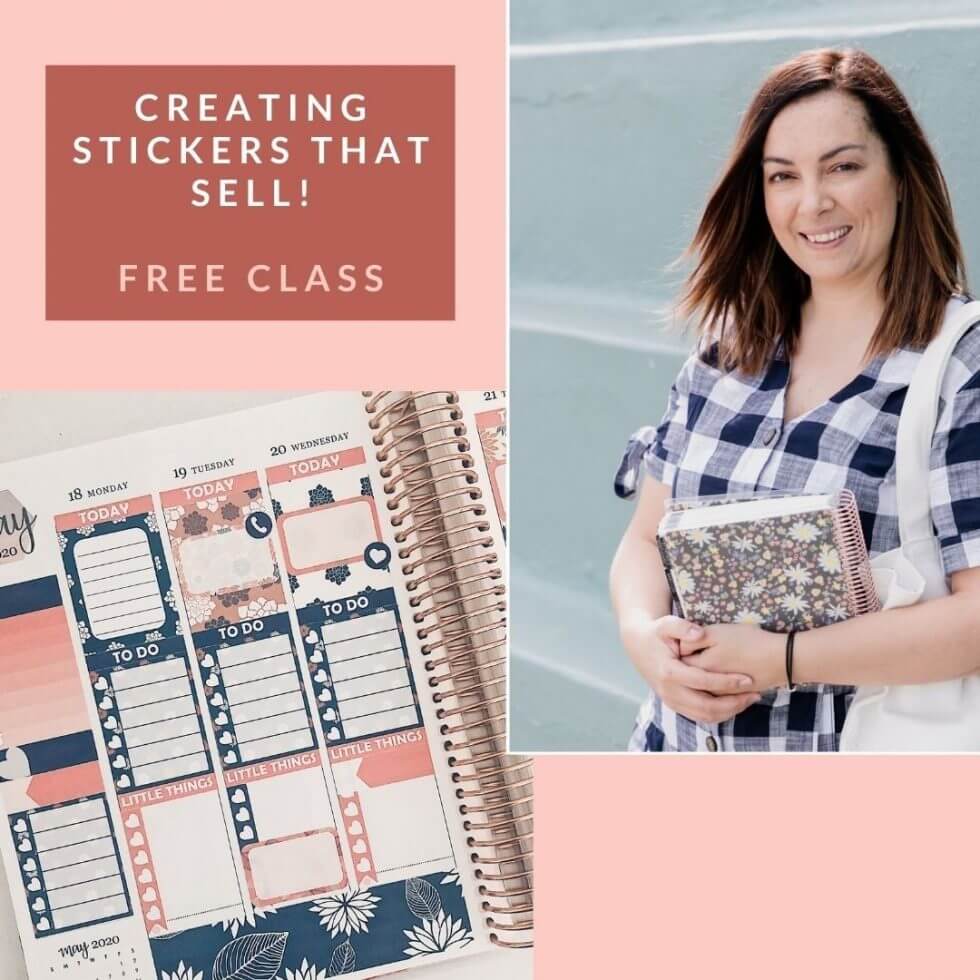
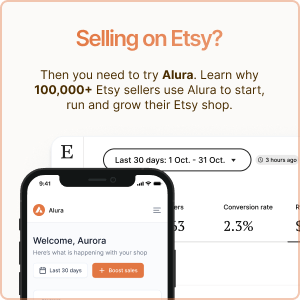

This is great, thanks for sharing!
Thanks for taking the time to comment, Shanna! I’m so glad you found this post helpful!
One thing I’ve come across with prices I find too high is to compare customer expected skill level as well. The solution isn’t necessarily to lower price, but to increase skill level by practice or even investing in classes or watching free tutorials so that your product is the quality and skill level that customers expect. If you just strated out and products look more crafty than professional, or its a product that is over saturated in the market, or is something that realistically pepole are unlikely to buy, those all will affect price as well. In those cases it can be better to shift to a simpler or more universal product while gaining the skill to produce more complex pieces. Or take extra time on a few complex pieces as eye candy to go with your simple ones, pricing them higher as you suggested, and have the overhead go back into learning new skills.